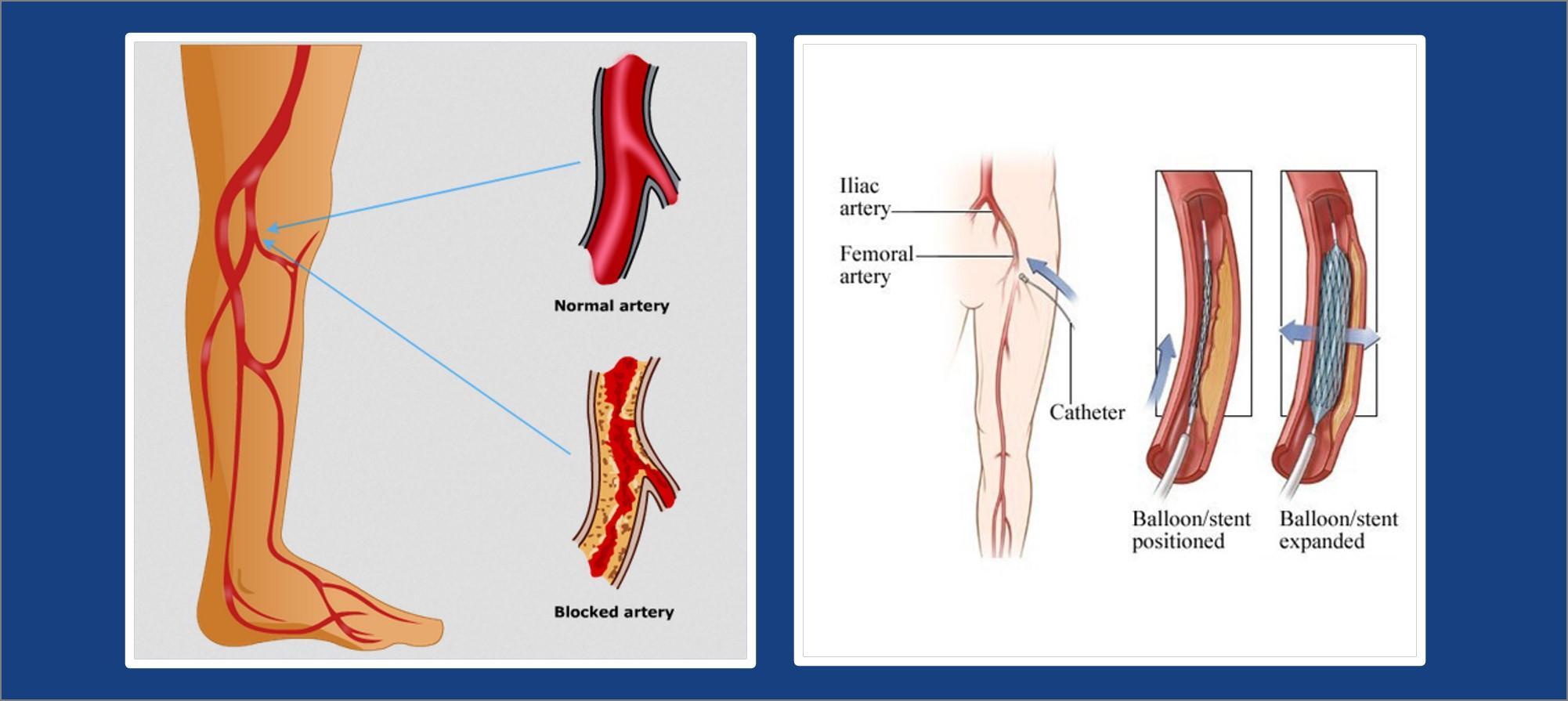What is a peripheral angiography?
A peripheral angiography is a test that uses X-rays and dye to help your doctor find narrowed or blocked areas in one or more of the arteries that supply blood to your legs. It is similar to coronary angiography which is used to detect block in the artery supplying blood to your heart.
Why do people have peripheral angiography?
If your doctor finds out that blood is not flowing well in the arteries leading to your legs (in some rare cases to arms), the perform angiography to decide if surgical procedure is needed to open the blocked arteries. Peripheral angioplasty is one such procedure.
In peripheral angioplasty, a stent, a small wire mesh tube, is generally placed in the artery after angioplasty to help keep it open.
Recovery
Soon after your procedure, you will be taken to a recovery room and the team will take care of the puncture site to prevent bleeding. You will be asked not to move the leg used for catheter. You may be discharged on the same day depending on your health conditions.
While you are at home, you should watch for few things and call the cardiologist if:
- Your puncture site starts bleeding, lie flatly and press firmly on the spot. Call the doctor if needed.
- Your leg with the puncture becomes numb or tingles.
- The area around the puncture site looks more bruised.
- The puncture site swells or fluids drain from it.


